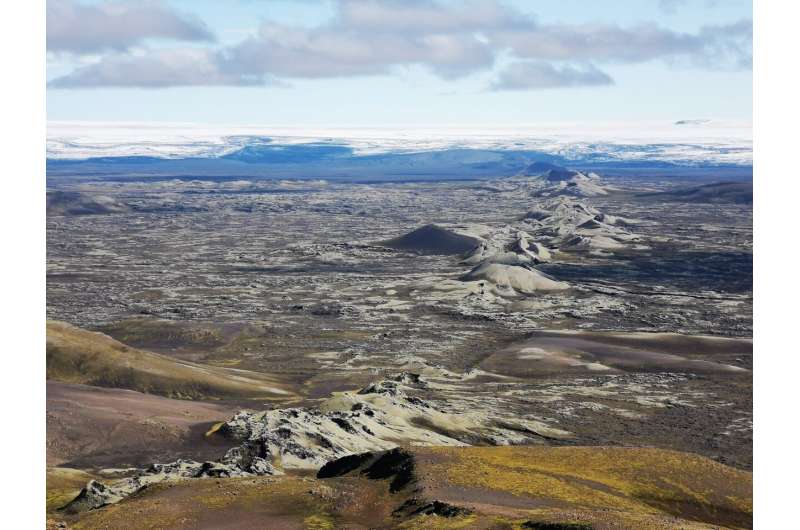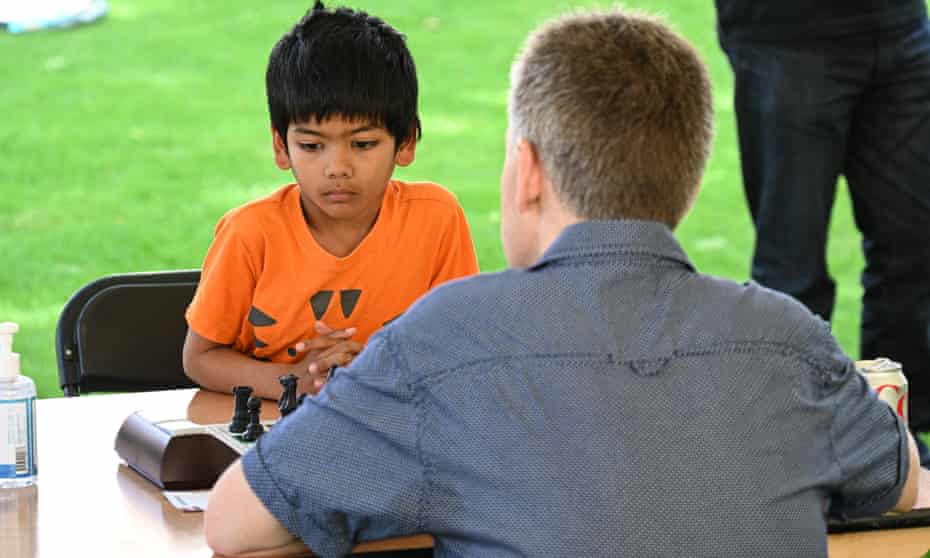Rich dinosaur history makes Coates Conservation Lands a find in the Edmonton area
'An exciting place for paleontologists and it's a cool place to
go walking,' says dino hunter Philip Currie
Nikki Paskar carefully navigates the hiking trail at Coates Conservation Lands, one hour southwest of Edmonton.
"This place is so special to me," says Paskar, conservation coordinator with the Edmonton and Area Land Trust. "You can sit in the serenity of the forest and just relax and think."
This 32-hectare space features a 1.3-kilometre trail, which meanders through the forest to the bottom of Willow Creek connecting with the North Saskatchewan River a few kilometres away.
This land is a wildlife corridor for fox, coyote, moose, snowshoe hare and is also home to a variety of birds, Paskar says.
Tag along on a tour of Coates Conservation Lands, a natural area with a rich dinosaur history, an hour southwest of Edmonton. 1:39
You can see more from Coates Conservation Lands and 55 other green space gems in the capital region on this map.
Open to the public in 2016, the land was donated to the land trust by Ethel Coates who wanted to see the spot "conserved in perpetuity."
A natural legacy
Born in 1922 to a farming family in Carbon, Alta., Coates spent 45 years working for Imperial Oil and traveled the world.
Her niece Cheryl Bissell says Coates taught her family about birds, how to ski and canoe.
"She made you pay attention to nature and all of its offerings, all the while relishing in it herself," Bissell says.
Coates decided to retire in the Calmar area and found "her little piece of heaven" in Willow Creek.
For close to 30 years she gardened, kept bees, walked the hills and valleys and skated on the creek.
"She loved her land with a passion and never ever wanted to leave it," Bissell says.
Coates died in 2014 at the age of 92.
In addition to her zeal for nature there was another reason to protect the space — dinosaurs.
Dinosaur discoveries
"In the early 1990s Hadrosaur footprints were extracted from the area via helicopter and brought to the Royal Tyrrell Museum," Paskar says.
"Shortly after that they found Albertosaurus skin impressions as well as a number of dinosaur bones."
- Backyard dino dig 'all I need,' says world-renowned palaeontologist Philip Currie
- Hot Tip: It's warming up and we're sharing some sweet spots to stretch your legs
- Outdoor gems map: 50 sizzlin' sites to skate, ski, stargaze in and around Edmonton
Philip Currie remembers it well.
"It's a pretty cool story," says the paleontology professor at the University of Alberta.
The world-renowned dinosaur hunter was called to the area in 1994 to investigate a find by 12-year-old Tess Owen and her father Tom Owen.
The skin impression of an Albertosaurus, a type of tyrannosaur, was found at the bottom of the creek. The fossil may have fallen from the cliff above although, Currie says, they weren't able to pinpoint the exact spot.
It's now in the back collections of the Royal Tyrell Museum in Drumheller, where researchers are still studying it.
"In fact, it has attracted a lot of attention over the years because skin impressions of tyrannosaurs are pretty rare," Currie says.
Alberta is rich with specimens and the Edmonton area is no exception.
"Even people who dig sewers hit dinosaur bones periodically," Currie says.
Protected areas like Coates, where people can wander and observe, are fantastic.
"I think it's an exciting place for paleontologists and it's a cool place to go walking."
Coates and 10 other natural areas are open to the public under the stewardship of the Edmonton and Area Land Trust.
The day-use area has interpretive signs along the trail and a small parking lot at the intersection of Township Road 502A and Range Road 280.












:format(jpeg)/cloudfront-us-east-1.images.arcpublishing.com/tgam/IRQYLBIACZEZ5B7S3DNXHOWSUU.png)




